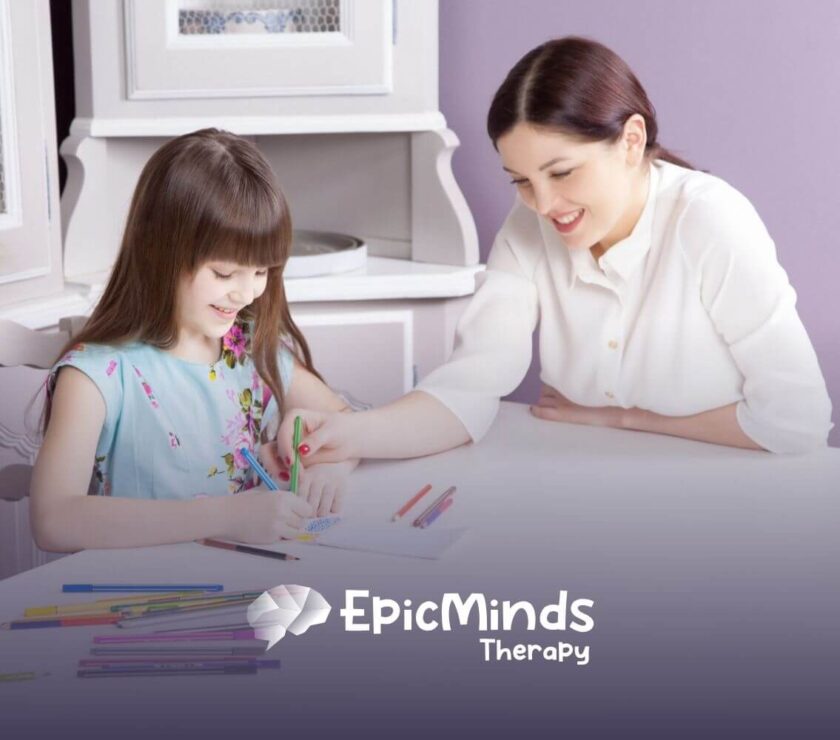Key Highlights
- Dance therapy is a creative, movement-based therapy that supports emotional, social, and motor development in children with autism.
- It can enhance self-expression, communication, coordination, and emotional regulation.
- Sessions are tailored to each child’s abilities, using structured routines, music, and guided movement.
- Dance therapy complements other interventions like ABA therapy, speech therapy, and occupational therapy.
- Families and caregivers can reinforce skills learned in dance therapy through home activities and structured routines.
Dance Therapy for Autism
Dance therapy, also called dance/movement therapy (DMT), is a therapeutic approach that uses movement and dance to improve emotional, cognitive, and physical well-being. For children with autism, dance therapy provides a unique way to communicate, explore emotions, and develop motor skills, especially for those who struggle with verbal expression.
By integrating rhythm, music, and guided movement, dance therapy helps children connect with themselves and others, promoting both physical and emotional growth.
Benefits of Dance Therapy for Children with Autism
Dance therapy offers a wide range of benefits for children on the autism spectrum:
1. Enhances Social Skills
- Encourages cooperative movement, turn-taking, and group participation
- Provides opportunities for nonverbal communication through gestures and eye contact
- Reduces social anxiety by creating a safe, supportive environment
2. Improves Emotional Regulation
- Movement allows children to express feelings they may struggle to verbalize
- Rhythm and repetition provide a calming effect and reduce stress
- Helps children recognize and manage emotions effectively
3. Develops Motor Skills and Coordination
- Strengthens gross motor skills like balance, jumping, and spatial awareness
- Improves fine motor skills through gestures and precise movements
- Supports overall physical fitness and body awareness
4. Encourages Creativity and Self-Expression
- Allows children to explore imagination through dance and movement
- Boosts self-confidence and encourages independence in creative activities
- Fosters a sense of achievement and personal growth
How Dance Therapy Sessions Are Structured
Dance therapy for autism is tailored to each child’s needs and abilities. Typical session components include:
- Warm-up: Gentle stretching, simple movement patterns, and breathing exercises
- Structured Movement: Guided dance steps or movement games to promote coordination and cognitive skills
- Improvisation: Opportunities for self-expression and creative exploration
- Cool-down: Relaxation exercises, stretching, and reflection
Sessions are often short and frequent to maintain attention and engagement. Music, props, and visual cues are frequently used to guide participation.
Key Skills Addressed in Dance Therapy
| Skill Area | Examples of Activities | Expected Benefits |
|---|---|---|
| Social Skills | Partner dances, group routines | Cooperation, turn-taking, social interaction |
| Emotional Regulation | Expressing emotions through movement | Stress reduction, awareness of feelings |
| Motor Skills | Balance exercises, rhythm activities | Coordination, gross and fine motor development |
| Communication | Gestures, imitation, responding to cues | Nonverbal communication, following instructions |
| Creativity | Improvisation, storytelling through movement | Self-expression, confidence, imagination |
Combining Dance Therapy with Other Interventions
Dance therapy works best as a complementary approach alongside other therapies:
- ABA Therapy: Reinforces learned behaviors, social skills, and communication strategies
- Speech Therapy: Improves verbal and nonverbal communication through gestures and rhythm
- Occupational Therapy: Supports fine and gross motor development and sensory integration
- Sensory Integration Therapy: Dance activities help regulate sensory input and improve body awareness
Research and Evidence on Dance Therapy for Autism
Studies have shown that dance and movement therapy can significantly benefit children with autism:
- Improvements in social engagement, emotional regulation, and communication
- Increased attention span and focus during group activities
- Enhanced motor coordination and body awareness
- Reduced anxiety and behavioral challenges
Although research is still growing, many therapists report that children who participate in dance therapy show noticeable improvements in confidence, emotional expression, and social participation.
Tips for Parents and Caregivers
Parents and caregivers can support children who participate in dance therapy by:
- Encouraging practice at home: Simple movement exercises or dance games
- Providing a supportive environment: Praise effort and celebrate achievements
- Maintaining consistent routines: Helps children anticipate and engage in sessions
- Observing and communicating: Share observations with the dance therapist to tailor activities
Final Thoughts
Dance therapy is a powerful tool that supports children with autism in developing social, emotional, and motor skills while fostering creativity and self-expression. Through structured movement, rhythm, and guided activities, children can enhance communication, regulate emotions, and build confidence. Epic Minds Therapy provides specialized ABA therapy alongside complementary approaches like dance therapy to help children reach their full potential and thrive in daily life. Contact us today!
FAQs About Dance Therapy for Autism
1. What age is appropriate for dance therapy in children with autism?
Dance therapy can benefit children of all ages, though early intervention often yields the most significant improvements in social and motor skills.
2. How long does it take to see results from dance therapy?
Results vary depending on the child’s individual needs, but many families notice improvements in coordination, social interaction, and emotional expression within a few months of consistent sessions.
3. Is dance therapy suitable for nonverbal children with autism?
Yes, dance therapy is especially effective for nonverbal children as it relies on movement, gestures, and music rather than spoken language.
4. Can dance therapy be combined with ABA therapy?
Absolutely. Dance therapy complements ABA by promoting social skills, emotional regulation, and body awareness, which can reinforce ABA goals.
5. Do children need prior dance experience?
No prior experience is needed. Dance therapy focuses on individual abilities and creative expression, not technique or performance.
Sources:
- https://pmc.ncbi.nlm.nih.gov/articles/PMC9393719/
- https://autism.org/wp-content/uploads/2022/03/Emotional-Regulation-March-2022.pdf
- https://www.sciencedirect.com/science/article/pii/S019745562500053X
- https://autism.org/sensory-integration/
- https://www.sciencedirect.com/science/article/pii/S0001691825000496




